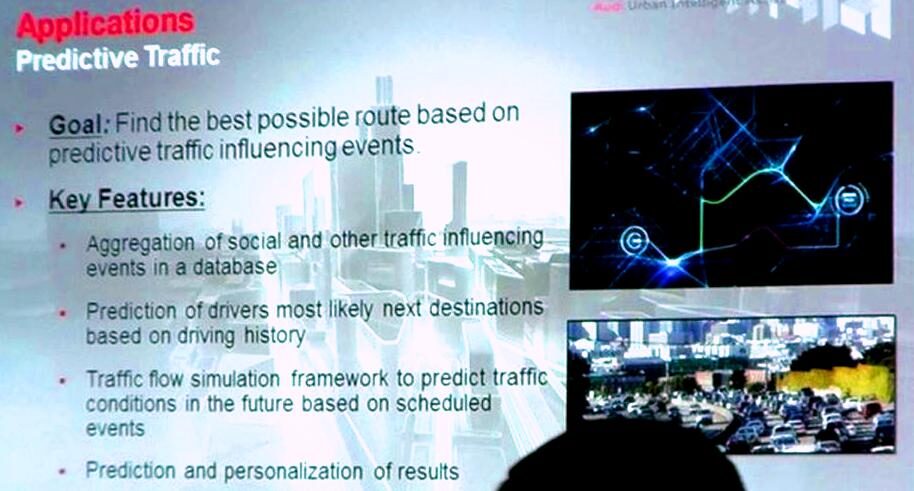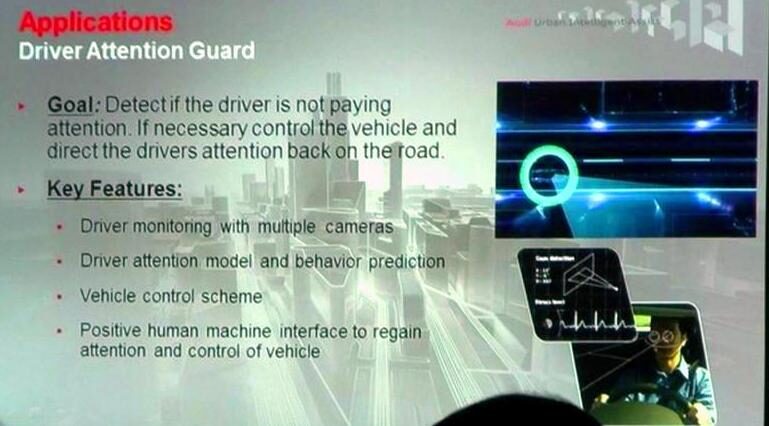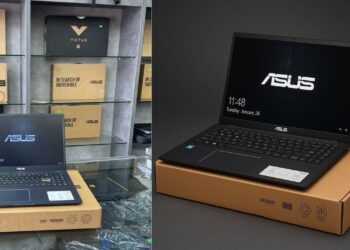Audi has shown off Urban Intelligent Assist, the German automaker’s vision for the future of urban driving. Urban Intelligent Assist (UIA) is a suite of hardware and software tools that, among other things, predicts the future and provides natural, landmark-based GPS navigation.
Cool Features :
- Predictive Traffic : generates the best route to your destination. The slide shown at the conference also mentions that Predictive Traffic will predict your next destination, based on your driving history.

- Smart Parking : will guide you to the nearest open parking spot — and show you how much each parking spot costs.
- Naturalistic Guidance : which is basically GPS navigation with landmarks thrown into the mix. Instead of “in 100 yards turn left,” you might hear “take a left past the Hilton.”
- Driver Attention Guard : which will trigger various autonomous-driving features if you’re not paying attention to the road. By monitoring you with multiple cameras and detecting when your attention wanders, looking away from the road, your grip on the wheel loosens . Attention Guard will use adaptive cruise control (and presumably other features such as lane keep assist) to prevent accidents. Your car will also try to regain your attention, probably through some combination of flashing lights, beeps, or a vibrating steering wheel.

Audi’s Seamless Navigation will transmit the remainder of your route to a special app on your smartphone — an app that also acts as a standalone trip planner, telling you when you must depart by to make it to your destination on time.Audi chose the GTC because the actual UIA in-car unit will be powered by a Tegra chip, and Nvidia asked Audi to come along and show off the kind of in-car solutions that Tegra is powering.
Audi says it’s already testing all of these features in San Francisco, and most of the constituent parts adaptive cruise control, landmark GPS , are already mature technologies. It’s just a matter of wrapping it all into a neat package, which is a much faster process now that automakers can target a well-known platform such as Tegra, instead of messing around with proprietary, bespoke systems.




















